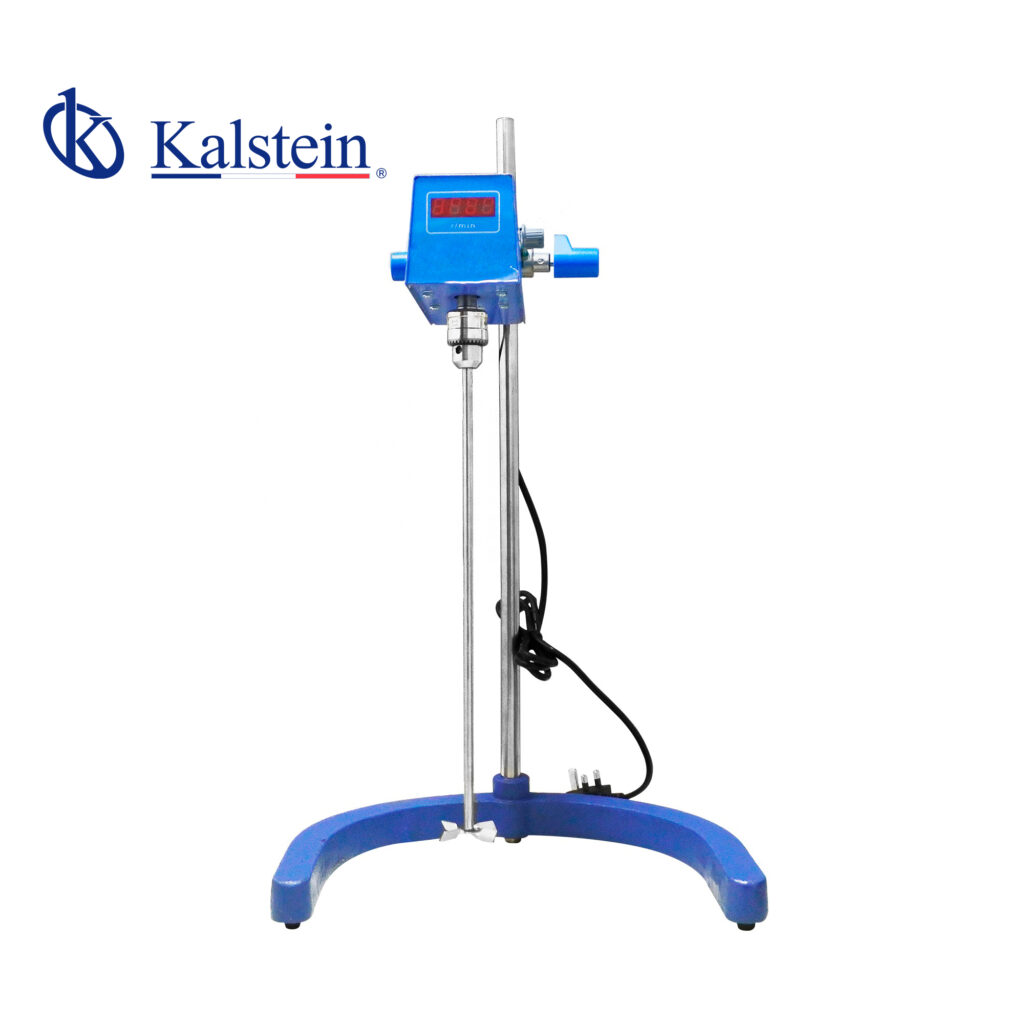Homogenizers are fundamental equipment in food production, because homogenization has become a standard process in the food and beverage industry. The raw material used in the food sector can be heterogeneous in nature, which can cause disadvantages in terms of production.
The process of homogenization facilitates the production of uniform, consistent mixtures with better taste and color, which allows to improve the palatability of food and acceptability in consumers. In addition, it can improve the stability and shelf life of products. In the dairy industry, homogenization has been a routine process for many years. This is done to increase the stability of the milk nutrient mixture.
When choosing a homogenization equipment, two important questions must be taken into account: first, the raw materials to be used, and, second, the desired characteristics of the processed product. Once these considerations are made, it is essential to know the usefulness of the homogenization equipment, types, advantages and disadvantages, among others.
It is important to remember that homogenization can be done through three different methods, depending on the type of force used. Accordingly, the process is classified as follows:
- Mechanical homogenization
- Pressure homogenization
- Ultrasonic homogenization
Types of homogenizers
There is a wide variety of homogenization equipment, depending on the type of processing they perform. We have the mechanical homogenizers, which can use mechanisms of different types, for particle size reduction. Among these are those based on blade mills, ball mills and rotor-stator.
There are also pressure homogenizers, whose main component is the disruption system. According to the mechanism of the interrupting system, these homogenizers can be of valves and holes. Finally, we find ultrasonic homogenizers, which use ultrasonic waves and generate a phenomenon known as acoustic cavitation.
Homogenizing equipment used by food industries
In the fruit and vegetable industry, a large variety of foods are processed, some are sensitive to high temperatures, others require pre-processing, as is the case of hard and high fiber fruits and vegetables, such as carrots, turnips, beet and pineapple. Then, the pulp and the sediments are subjected to a process of homogenization to ensure the separation of solid particles, uniformity and homogeneous distribution in the liquid.
In this food group, the initial particle size reduction is performed with blade mill homogenizers. Similarly, this device allows the reconstitution of frozen juices and salad dressings, when used at low operating speeds. When used at high speeds, thick creamy drinks and purees can be made for infants.
Ball mills are used for the micronization of dried fruits and vegetables, while rotor-stator homogenizers are used for emulsification. The ultrasonic homogenizer is used for the extraction of bioactive compounds, or as a pretreatment for the dehydration of fruits and vegetables.
Kalstein homogenizers
At Kalstein we offer stem and ultrasonic homogenizers, from the YR series. You can choose the one that best suits your needs. Kalstein ultrasonic devices have a touch screen, automatic sample temperature monitoring and an alarm system in case of risky temperature increases. These devices allow the configuration of the power from 1 to 100 %. In addition, they can communicate with a computer or print the data. For more information on Kalstein homogenizers, visit the HERE
We are manufacturers, so in Kalstein you can make the purchase of laboratory homogenizers at advantageous prices. For more detailed information, visit HERE

